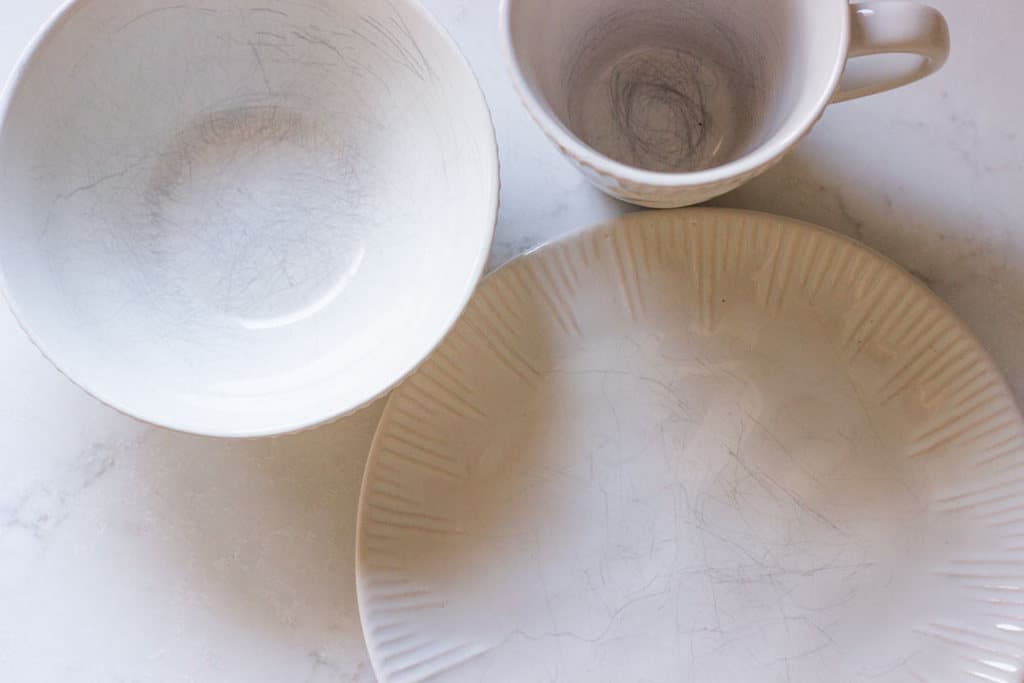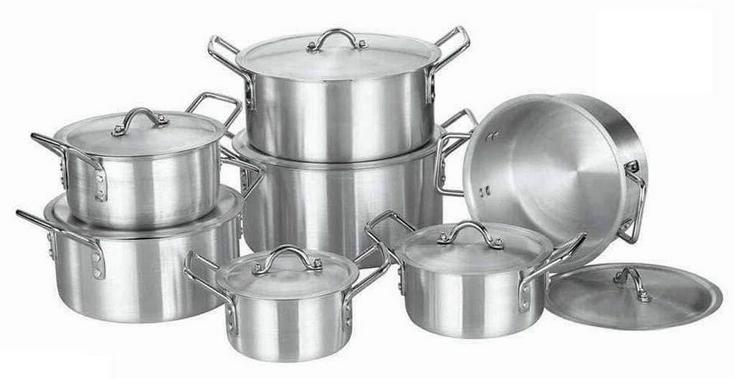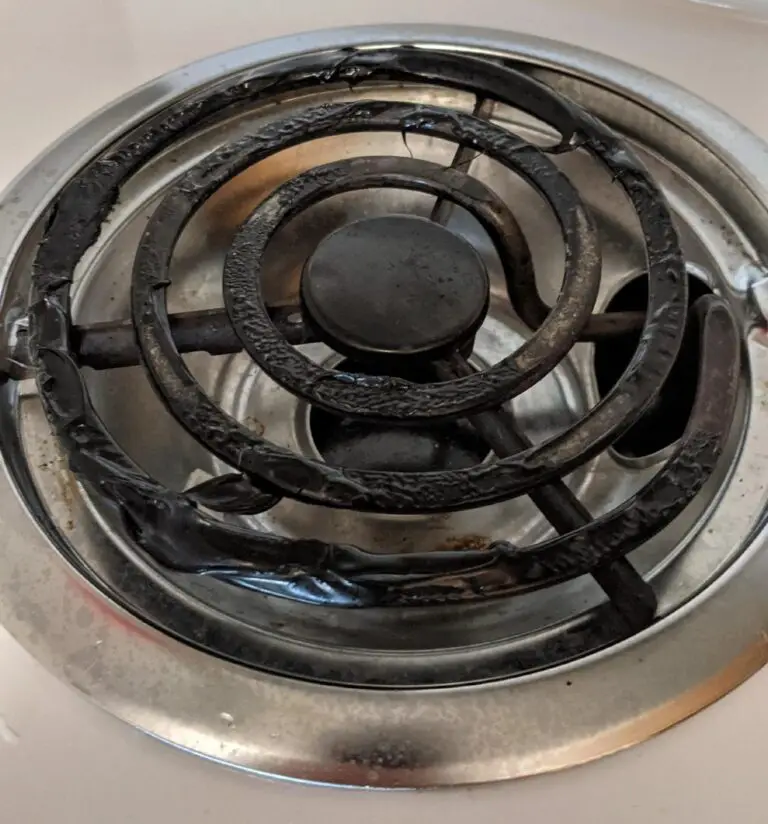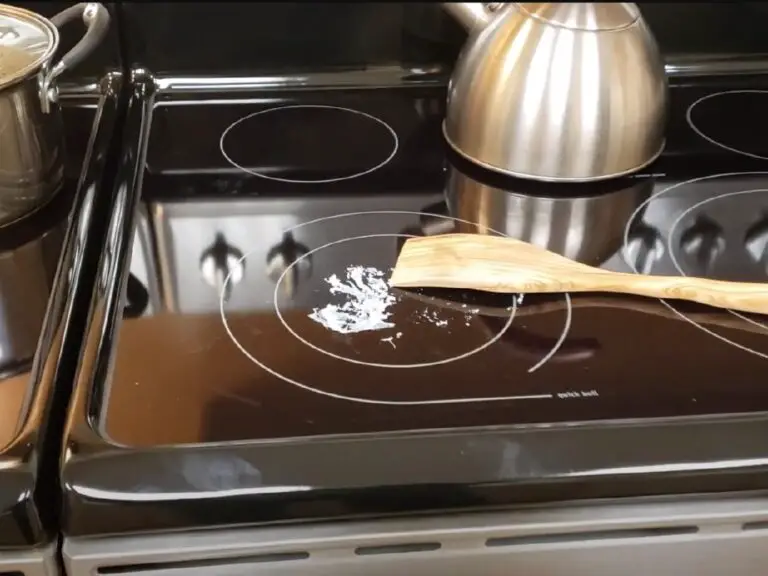How to Remove Black Marks Spots on Dishes From Dishwasher (Clean Easily)

Are you frustrated by unsightly black marks on your dishes after they come out of the dishwasher? Don’t worry, you’re not alone!
This is a common problem that many people experience, and it can be frustrating and make you wonder if there’s something wrong with your dishwasher or if you’re doing something wrong.
If so, this article is here to help! You can find out why these spots are appearing and how to remove them with ease. We’ll talk about why dishes get black spots. In addition to that, we will provide step-by-step instructions on how to remove them and prevent them from happening in the future.
Read on to find out how you can get your dishes looking sparkling clean again in no time!
What Are Black Marks and Spots, and Why Do They Form on Dishes?
Black marks or spots on dishes are unsightly blemishes that can appear on dishes after they have been washed in a dishwasher. These marks or spots can range in size and appearance, but they are often dark in color and can make the dishes look dirty or poorly washed.
There could be several reasons for black marks or spots on dishwasher dishes:
- One common cause is hard water deposits, which can leave behind a residue on the dishes that appears as black marks or spots. Water with a high concentration of minerals, like calcium and magnesium, is referred to as hard water. These minerals can build up on dishes and other surfaces in the dishwasher over time, leaving behind a white or grayish film that may appear as black marks or spots when dry.
- Another possible cause is detergent buildup. This can occur when people use too much detergent or the wrong type of detergent for their dishwasher. When this happens, the excess detergent can leave behind a residue on the dishes that appears as black marks or spots. It is important to use the right amount and type of detergent for your dishwasher to prevent this issue.
- Food particles or grease can also contribute to the formation of black marks or spots on dishes. Food particles and grease can stick to dishes and breed bacteria in the dishwasher if they are not properly removed. This can result in black marks or spots on the dishes after they have been washed.
- Old or faulty dishwasher parts, such as the filters or spray arm, can also cause black marks or spots to appear on dishes. Over time, these parts can clog or wear out, resulting in less effective cleaning and dish marks. If you suspect that your dishwasher parts may be causing this issue, it is important to check them and replace them if necessary.
If you are experiencing black marks or spots on your dishes coming out of the dishwasher, it is important to identify the cause and take steps to remove them.
Not only are these marks or spots unsightly, but they can also be a sign of a problem with your dishwasher or the way you wash dishes. Getting rid of them is important for keeping your dishwasher clean and working well.
How to Remove Black Marks Spots from Dishes
If you have black marks or spots on your dishes that have been washed in a dishwasher, you may be wondering how to remove them and get your dishes looking clean and shiny again. Here are some steps you can follow to get rid of black marks and spots from your dishes:
Step 1: Determine the cause of the black marks or spots.
The first step in cleaning your dishes of black marks or spots is to determine the cause of the issue. There could be many reasons for this, such as hard water deposits, detergent buildup, food particles or grease, or parts that are old or broken. Once you have identified the cause of the marks or spots, you can take steps to address it.
Step 2: Try a mild detergent and warm water on the affected areas.
To use this method, mix a few drops of mild detergent with warm water in a medium-sized bowl or bucket. Dip an old cloth into the solution and rub it gently over any areas with black marks until they begin to disappear. Rinse off the dishware with cold running water and dry thoroughly afterwards with another clean cloth.
Be sure not to scrub too hard, as this may make the spot worse or cause damage to the dish itself.
Step 3: Run a dishwasher cleaner or use white vinegar or baking soda.

One effective way to remove black marks on dishes from the dishwasher is to run a dishwasher cleaner or use white vinegar.
Dishwasher cleaners are made to get rid of hard water deposits and other buildup that can leave spots or marks on your dishes.
White vinegar is a natural cleaner that can also work to get rid of these marks or spots. To use white vinegar, add a cup of vinegar to the dishwasher’s rinse cycle and run a full cycle.
Baking soda is a common household item that has many uses. One of them is a gentle and effective cleanser to help remove black marks from dishes.
TIPS 
To use baking soda to clean dishes, it should be mixed with warm water to form a paste. This paste can then be spread over the area of the dishes where the black marks are present and left for 15 minutes before being scrubbed off with a sponge or cloth. After scrubbing off the mixture, any remaining residue can be wiped away using dish soap and warm water.
Step 4: Check the dishwasher filters and spray arm.
Another step you can take is to check the dishwasher filters and spray arm for any clogs or debris that may be causing the marks or spots on the dishes.
The filters in your dishwasher help to catch food particles and other debris, and if they become clogged, they may not be able to effectively remove all of the debris from the dishes.
During the wash cycle, the spray arm sprays water and detergent onto the dishes. If the spray arm gets clogged or broken, it may not be able to clean the dishes well. To check the filters and spray arm, remove them from the dishwasher and clean them thoroughly.
Step 5: Replace any faulty dishwasher parts.
If you have checked the filters and spray arm and they seem to be in good condition, but the black marks or spots on the dishes persist, it is possible that there may be other faulty dishwasher parts causing the issue.
In this case, it may be necessary to replace the faulty parts. Common dishwasher parts that may need to be replaced include the door seal, gasket, or pump. If you don’t know which part might be causing the problem, it’s best to ask a professional who knows how to fix appliances for help.
By doing these things, you can get rid of black spots or marks on dishes that got dirty in the dishwasher and prevent them from happening again.
Where Should Baking Soda and Vinegar Go in a Dishwasher?
Adding vinegar and baking soda to a dishwasher is an easy, cost-effective way to keep dishes clean. Both of these common household items can help remove mineral deposits, reduce odors, and give your dishwasher a fresher feeling.
Where should you place them inside the appliance?
- If you’re using vinegar, pour it into the bottom of the dishwasher before running a normal cycle with no detergent. This will help clear out any built-up grease or grime that has accumulated over time.
- For baking soda, sprinkle some on top of the dishes before running them through a cycle. This will help break down food particles and add extra sparkle to glassware and silverware. Additionally, this method can also reduce hard water stains inside your dishwasher!
How to Prevent Black Marks Spots from Dishes
There are several prevention tips that you can follow to help prevent black marks or spots from forming on your dishes when using a dishwasher.
- Use a water softener. One effective prevention tip is to use a water softener if you have hard water in your home. Hard water’s high mineral content, including calcium and magnesium, can leave a residue on dishes and other surfaces in the dishwasher. A water softener removes these minerals from water, preventing hard water deposits and dish marks.
- Use the right type and amount of dishwasher detergent. Another prevention tip is to use the right type and amount of dishwasher detergent. Using the wrong detergent or too much can cause detergent build-up and black spots on dishes in different dishwashers. It is important to follow the manufacturer’s recommendations for the type and amount of detergent to use in your dishwasher.
- Scrape food particles off dishes before loading them into the dishwasher. One more way to keep this from happening is to scrape food off dishes before putting them in thedishwasher. .Dishes can harbor bacteria if food particles and grease are not properly removed before loading them into the dishwasher. This can result in black marks or spots on the dishes after they have been washed.
- Regularly clean the dishwasher and its filters. Finally, to avoid black marks on dishes, clean the dishwasher and filters regularly. Food particles, grease, and other debris can build up in the dishwasher and its filters, resulting in less effective cleaning and dish marks. To clean the dishwasher and its filters, follow the manufacturer’s recommendations and use a dishwasher cleaner or white vinegar.
Conclusion
When dishes come out of the dishwasher with black spots or marks, it can be frustrating and look bad. To keep this from happening, you should keep your dishwasher in good shape and clean it often.
Some ways to avoid this are to use a water softener, use the right kind and amount of dishwasher detergent, scrape food off dishes before putting them in the dishwasher, and clean the dishwasher and its filters regularly.
If you do find black marks or spots on your dishes, there are steps you can take to remove them, including running a dishwasher cleaner or using white vinegar, checking the dishwasher filters and spray arm, and replacing any faulty dishwasher parts.






